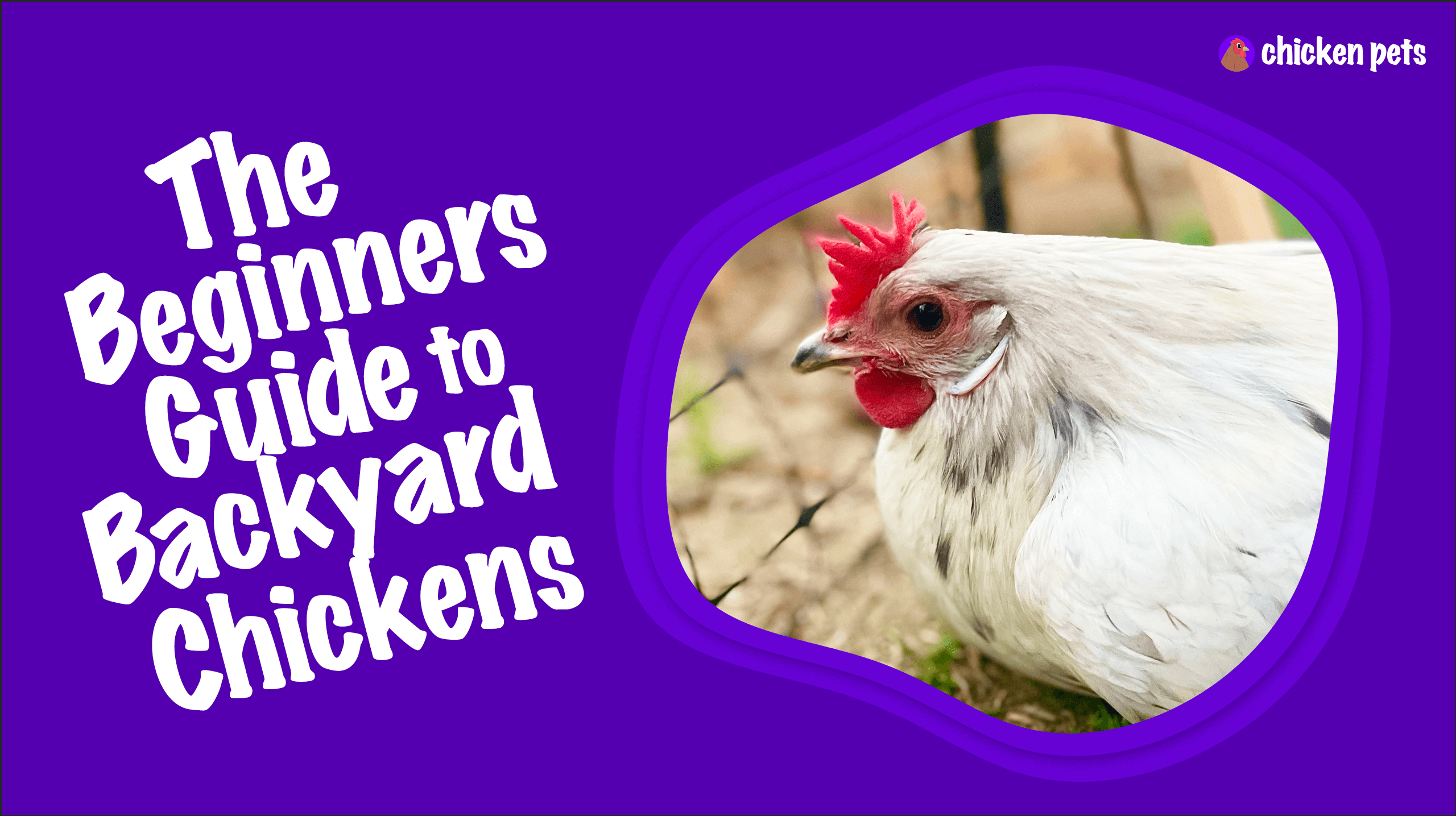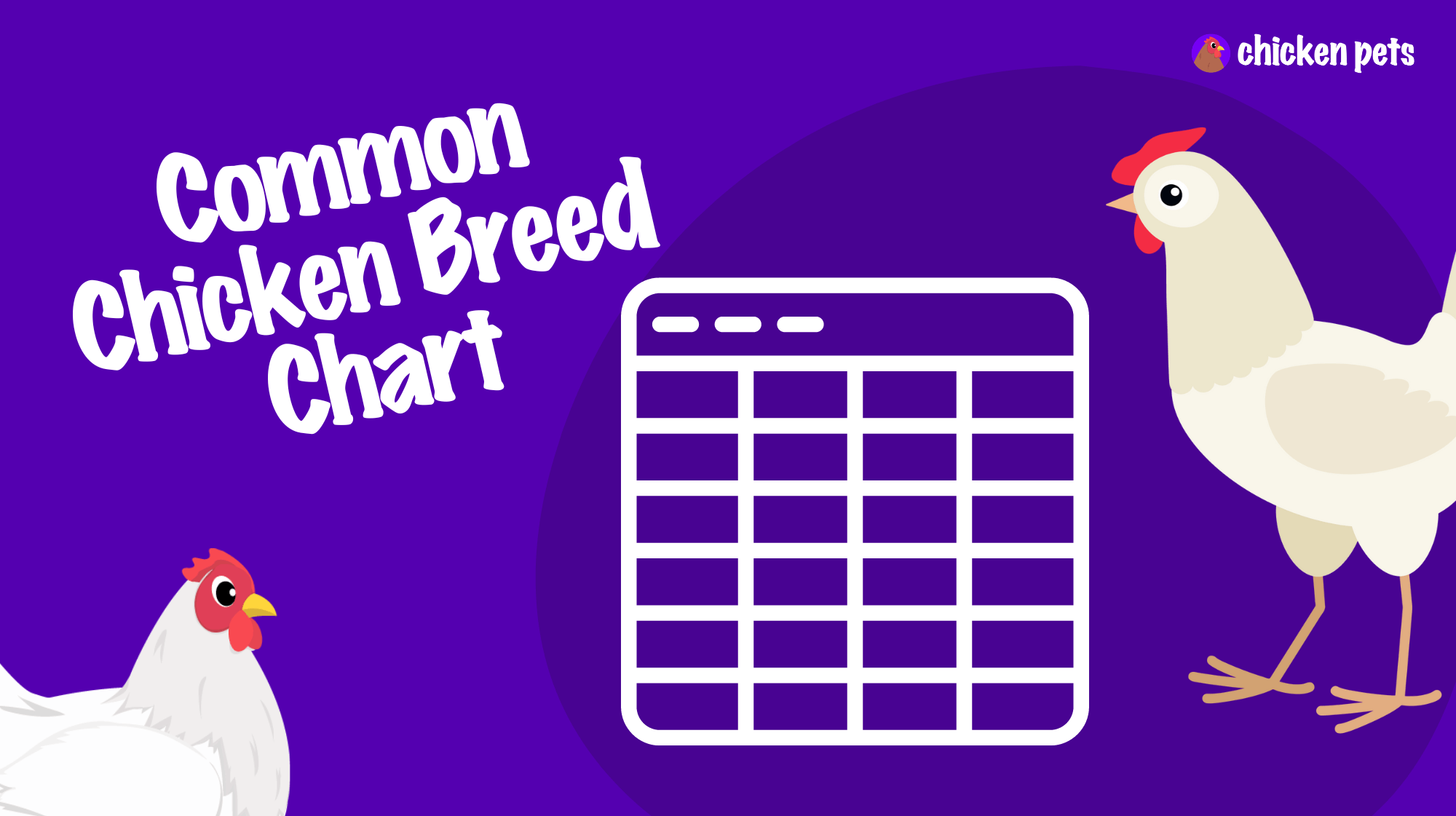Definition of Candle
A candle in the context of chickens and the poultry industry refers to the process of using a strong light source to inspect the interior of an egg in order to determine its development, quality, and viability. This non-invasive technique allows farmers or breeders to monitor the growth of the embryo, detect undesirable characteristics, or identify infertile eggs, thus ensuring a successful and healthy hatch.
Importance of Candling for Backyard Chicken Owners
Candling is essential and beneficial for backyard chicken owners and enthusiasts for numerous reasons. By inspecting the interior of an egg, owners can acquire useful information about the egg’s development, which in turn helps to guarantee the efficiency and wellbeing of the environment in which the chickens are raised.
One of the primary benefits of candling is the ability to identify infertile eggs, which assists in swift removal and avoids any unnecessary energy consumption within an incubator. Additionally, candling allows owners to detect any problems or complications during the development process, such as undeveloped embryos or infections, ensuring the survival and health of viable chicks.
Not only does candling foster a healthy environment for hatching, but it also helps backyard chicken owners better understand and manage their flock. Owners can gather estimates on hatching rates and monitor the quality of their birds based on their eggs, allowing informed decisions to be made regarding breeding selections and overall flock improvement.
How Candling Works in Chickens and Poultry
Candling is a relatively simple but effective method that provides insight into the egg’s condition by using a strong light source. The process can be performed using a purpose-built egg candler or a homemade device, such as a flashlight or a desk lamp with a concentrated beam.
To begin the candling process, chicken owners hold the egg in front of the light source, taking care to shield the light with their hand to ensure that it is concentrated only on the eggshell. The light penetrates through the shell and illuminates the interior contents, making it possible to identify the size and position of the yolk, the air cell, and the embryo’s development. This examination is best performed in a dark room to maximize visibility.
The candling process enables backyard chicken owners to monitor the development of the egg during the incubation period, which usually lasts around 21 days for chicken eggs. It is essential to handle the eggs gently during candling, as excessive handling or vibrations can potentially harm the developing embryo. Poultry owners will typically perform candling on days 7, 14, and 18 of incubation, which allows them to plot the progress made and identify any issues or abnormalities in real-time.
Practical Application of Candling for Backyard Chicken Owners
Backyard chicken owners can apply the knowledge of candling to ensure healthy hatching rates, monitor the development of eggs, and improve overall flock management. Here are some practical steps to follow when implementing candling:
- Choose an appropriate candling device: You can select a purpose-built egg candler or create a homemade one using a flashlight or a desk lamp with a concentrated beam. Make sure the light is strong enough to penetrate the shell while maintaining the safety of the embryo.
- Prepare the environment: Candling is best done in a dark room to maximize the light’s visibility inside the egg. Prepare an organized working space to prevent dropping or mishandling the eggs.
- Handle the eggs gently: While candling, ensure the eggs are handled carefully and minimally, as mishandling, excessive rotation or vibrations risks harming the developing embryo.
- Monitor the egg’s development: Perform candling on specific days (typically days 7, 14, and 18 for chicken eggs) to track the progress, identify any issues, or confirm infertility. Remove any eggs that show signs of infection, infertile or failure to develop as expected.
- Maintain records: Keep track of your observations during the candling process to help you make informed decisions about breeding, selection, and overall flock improvement. This can also help you troubleshoot any potential problems in future incubation cycles.
- Implement proper hygiene and safety: Ensure that both you and your working space are clean, as eggs are porous and can easily absorb bacteria. Practice proper hygiene and safety measures when handling and examining the eggs.
By incorporating candling into your backyard chicken management routine, you can ensure a healthy and successful hatching process while gaining valuable insights into your flock’s overall well-being.
Tips & Recommendations for Candling in Optimal Chicken Care
For backyard chicken owners who want to achieve optimal care using candling, we have compiled a list of practical advice and best practices that should be considered during the process:
- Choose the right candling device: While a purpose-built egg candler provides the best results, a suitable homemade device, like a powerful flashlight, can suffice. When selecting a candling device, prioritize the quality of light and ease of handling to ensure accurate inspection.
- Prepare the room and working space: Candling should be performed in a pitch-dark room for better visibility of the egg’s contents. Organize your workspace in a clean, secure, and well-ventilated area to minimize the risk of accidents and contamination.
- Minimize egg handling: While candling, handle the eggs with extreme care and minimize unnecessary rotation or vibrations during inspection. This reduces the risk of harming the developing embryo.
- Be consistent with the candling schedule: Develop a consistent candling schedule, typically on days 7, 14, and 18 of incubation, to monitor the development of eggs effectively. Consistency allows for more accurate assessments and ensures a higher hatching success rate.
- Maintain proper hygiene: As eggs are porous, bacteria can easily penetrate them. Make sure to wash your hands thoroughly before and after handling eggs, and keep your workspace sterile to avoid contamination.
- Documentation: Keep a detailed record of your observations and findings during the candling process. This information can help you make informed decisions about breeding, flock management, and identify recurring issues or patterns for future incubation cycles.
- Practice patience and awareness: Candling requires keen observation, experience, and patience. Over time, backyard chicken owners will become more familiar with the process and better understand the various stages of egg development. It is crucial to be patient and focused during candling to ensure the best possible care for your flock.
By following these tips and recommendations, backyard chicken owners can make the most of the candling process, resulting in healthier chicks, higher hatching success rates, and improved overall management of their flock.
Additional Information on Candling in Chicken and Poultry Care
Candling provides valuable insights into the egg’s development and quality, but there’s more to learn about best practices and what to expect during the process. Here, we share some additional information that can enhance your candling experience and contribute to an even healthier flock:
- Dark-shelled eggs: Candling can be more challenging in eggs with darker or thicker shells, as the light might not penetrate the shell as easily. Experimenting with more powerful light sources and ensuring the room is completely dark can improve visibility.
- Unusual observations: While candling, you might come across eggs with atypical development or contents, like the presence of blood spots or meat spots. These are caused by minor blood vessels rupturing or small pieces of tissue during egg formation. Maintain a record of such unusual observations as they might hold relevance when evaluating your flock’s health and breeding.
- Incubation handling after candling: After candling, ensure the eggs are placed back in the incubator with minimal disruption. Avoid placing the eggs directly in front of ventilation holes, as it may affect the development or hatchability due to fluctuating temperatures.
- Disposal of unhatched eggs: Eggs deemed infertile, undeveloped, or containing infections should be carefully disposed of to prevent any contamination or risk to the remaining eggs. Dispose of them in a sealed container outside the candling area.
- Learning resources: To enhance your candling skills, consider consulting educational resources like books, online forums, or local chicken-keeping groups. Connecting with other experienced chicken owners can help you learn through shared experiences, tips, or even mentorship.
By keeping these additional insights in mind, you can confidently make the most of the candling process to ensure the best possible care for your backyard chicken flock.
Frequently Asked Questions on Candling in Chicken and Poultry Care
People new to candling often have numerous questions about the process, the equipment used, and how it benefits their flock’s health. We have compiled a list of common questions to provide clarity and guidance on this valuable technique:
1. When should I start candling my eggs?
You should start candling your eggs around day 7 of incubation. At this stage, it is easier to see embryonic development and identify issues or infertile eggs. Candling is typically done on days 7, 14, and 18 of incubation for the best monitoring results.
2. How often should I candle my eggs?
It is recommended to candle your eggs on specific days during the incubation period, typically days 7, 14, and 18. Candling too frequently may increase the risk of embryo damage due to excessive handling or temperature fluctuations.
3. Can candling harm the developing embryo?
If done carefully and correctly, candling doesn’t harm the developing embryo. However, excessive handling, vibrations, or inappropriate light sources may pose risks to the embryo. Ensure you practice proper hygiene and handle eggs gently during the process.
4. How do I know if the egg is infertile or has ceased development?
If an egg is infertile or has stopped developing, the candling process typically reveals a clear egg with no visible veins or embryo. The yolk might be visible as a dark spot, and the egg often appears the same throughout the incubation period.
5. What precautions should I take when candling?
To ensure safe candling, follow these precautions: practice proper hygiene, handle the eggs gently, minimize their exposure to extreme temperatures or vibrations, and perform candling in a dark room using an appropriate light source that doesn’t generate excessive heat.
6. What type of light source should I use for candling?
A purpose-built egg candler is best for candling, but a powerful flashlight or desk lamp with a concentrated beam can also suffice. Make sure the light is strong enough to penetrate the shell without generating excessive heat that can harm the developing embryo.
7. How do I dispose of infertile or undeveloped eggs?
Dispose of infertile, undeveloped, or infected eggs carefully to prevent contamination or risk to the remaining eggs. Place these eggs in a sealed container and discard them away from the candling area, ensuring cleanliness and safety for the rest of the incubation process.










